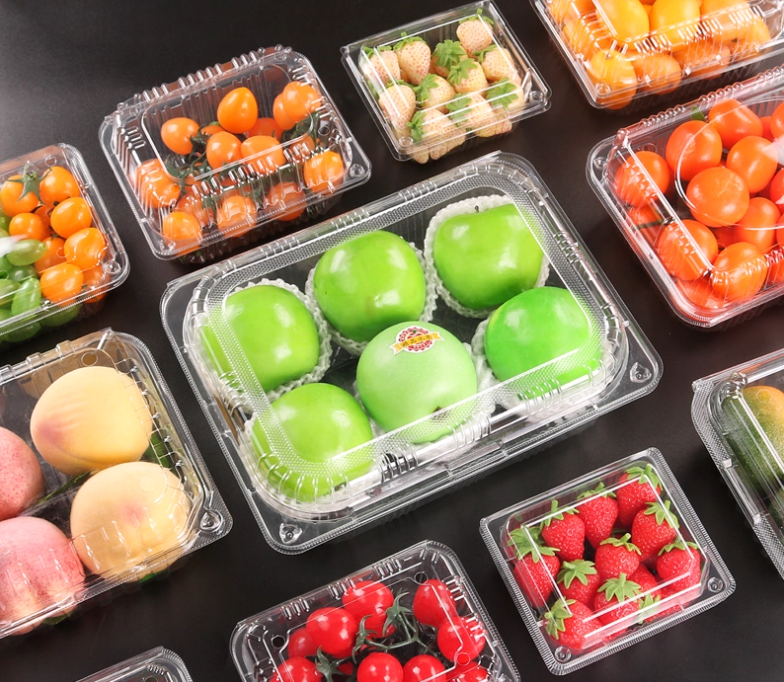Henan Agricultural University has developed an edible bio-based packaging film that comes from food and returns to food.
Blog post description.
7/1/20253 min read


The Green Solution to Tackling White Pollution
In the food packaging industry, a set of alarming statistics reveal the challenges posed by traditional plastics: In 2023, the global packaging market reached 1.17 trillion U.S. dollars, with plastics accounting for over 50% of the market; China's packaging industry was valued at approximately 167 billion U.S. dollars, with the food and beverage flexible packaging market reaching 17.26 billion U.S. dollars. Behind these seemingly prosperous figures lies the crisis of white pollution caused by non-biodegradable plastics.
Is there a new type of packaging material that can avoid the drawbacks of plastic packaging materials?
Sun Xinyu, a core team member and PhD from Henan Agricultural University, said: "As a new type of packaging material that is harmless to the human body and can be directly consumed, edible packaging films (EPFs) are primarily composed of food-derived natural polysaccharides, proteins, lipids, and other biopolymers. “Compared to traditional plastics, EPFs offer advantages in three dimensions: in terms of environmental performance, EPFs possess complete biodegradability, breaking down rapidly in natural environments after use and eliminating plastic pollution at its source; in terms of functional properties, these materials not only maintain food moisture activity and regulate storage mass transfer processes but also serve as carriers for bioactive components; most importantly, food-derived packaging materials are healthier and safer.”
Extending food into packaging
Chinese scientists are also exploring the development of EPFs, with Huang Xianqing's team being one of them.
In the laboratory at Henan Agricultural University, reporters saw films made using fruit and vegetable juice-modified potato starch-based edible packaging film technology. Sun Xinyu explained that they selected potato starch as the film-forming matrix based on three considerations: the industrial foundation of over 80 million tons of annual production, the unique gelatinization and gelling properties of starch, and its safety advantages as a staple food component.
However, the brittleness of pure starch films became a technical bottleneck. To overcome this challenge, the team creatively introduced a dual modification scheme: on one hand, they used fruit and vegetable juices as natural fillers, leveraging their phenolic compounds to enhance antioxidant properties and their pigment components for visual optimization; on the other hand, they added sodium alginate to form a cross-linked network, increasing the film's tensile strength by 45% and achieving 85% of the water vapor barrier performance of traditional plastic films.
Huang Xianqing explained that the core breakthrough of this technology lies in the innovative “casting film formation method” process. By precisely controlling gelatinization temperature and drying conditions, researchers successfully produced uniform films with thicknesses ranging from 0.05 to 0.10 millimeters, with adjustable thickness. Compared to traditional casting methods, this process reduces energy consumption by 30% and does not require complex equipment, making it particularly suitable for technological upgrades in existing food enterprises.
Sun Xinyu stated that compared to similar products, this innovation demonstrates unique advantages: its antioxidant performance surpasses 90% of synthetic food preservation films on the market, it offers 12 natural color options, and its cost is only one-third that of protein-based films. More importantly, all raw materials are derived from food-grade components, enabling direct application in inner packaging for ready-to-eat products such as instant noodle seasoning packets, achieving a disruptive innovation of “packaging as food.”
China's EPF market holds immense potential. In the instant food seasoning packet sector alone, annual demand exceeds 20 billion units. Replacing 30% of these with EPFs could reduce plastic usage by 15,000 tons annually. In the fresh produce sector, EPFs can extend strawberry shelf life by 3 to 5 days, reducing losses by 20%. Looking further ahead, EPFs may become carriers for “active packaging,” delivering probiotics, vitamins, and other nutritional components.
However, the industrialization of EPFs still faces significant technical challenges. Taking our fruit and vegetable juice-modified potato starch-based edible packaging film technology as an example, there are three major challenges: first, the adaptation of continuous production processes. In the laboratory, a single film formation process takes 24 hours, while production lines require an output of 20 meters per minute, necessitating significant improvements in production efficiency; Second, mechanical properties must meet industrial standards. Currently, the tensile strength of the film reaches only 60% of that of polyethylene film, which is insufficient for industrial applications; third, cost control challenges. The current cost of film production is 0.8 yuan per square meter, and it must be reduced to below 0.3 yuan per square meter to achieve market competitiveness."
On the balance between environmental protection and development, Huang Xianqing's team has developed an edible packaging film technology that offers a “Chinese solution.” This innovation, rooted in food and returning to food, not only embodies the wisdom of researchers but also carries humanity's hopes for a green future. When packaging is no longer discarded waste but becomes an organic part of food, this quiet green revolution is redefining the way humans interact with nature.
